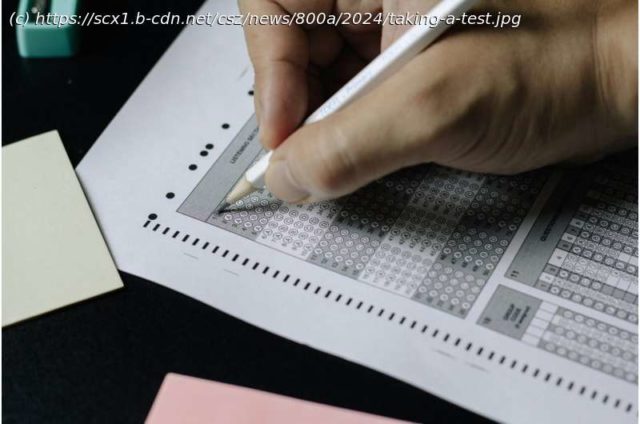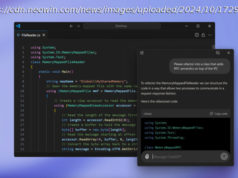Australian students are increasingly taking tests on computers. This includes major tests used to check national progress on literacy and numeracy.
Australian students are increasingly taking tests on computers. This includes major tests used to check national progress on literacy and numeracy.
The idea is this prepares students « for the future », because « technology is everywhere. »
But as our two recent studies suggest, the way students respond to test questions on computers may not be the same as on paper.
This is a particular issue amid concern over the latest round of NAPLAN results, which appear to show too many Australian students are not learning basic skills in English and math. NAPLAN (for Years 3, 5, 7 and 9) has been fully online for two years.
In our recent study, we reviewed 43 studies comparing tests on computer and paper. This included research from 18 different countries (including Australia, the United States, Germany and the United Kingdom). Fourteen of these studies focused on school-aged children.
In general, the studies showed for younger school students (who had less computer skills), test scores tended to be higher when done on paper. This effect dropped off as students got older.
We also found when it came to computer testing, scores were worst when students needed to answer complex questions involving multiple steps.
This is due to the demands placed on working memory (the part of your thinking that allows you to hold onto multiple pieces of information at one time—for example, a list of names and coffee orders). When working memory has too many pieces of information at once, we experience « high cognitive load.






